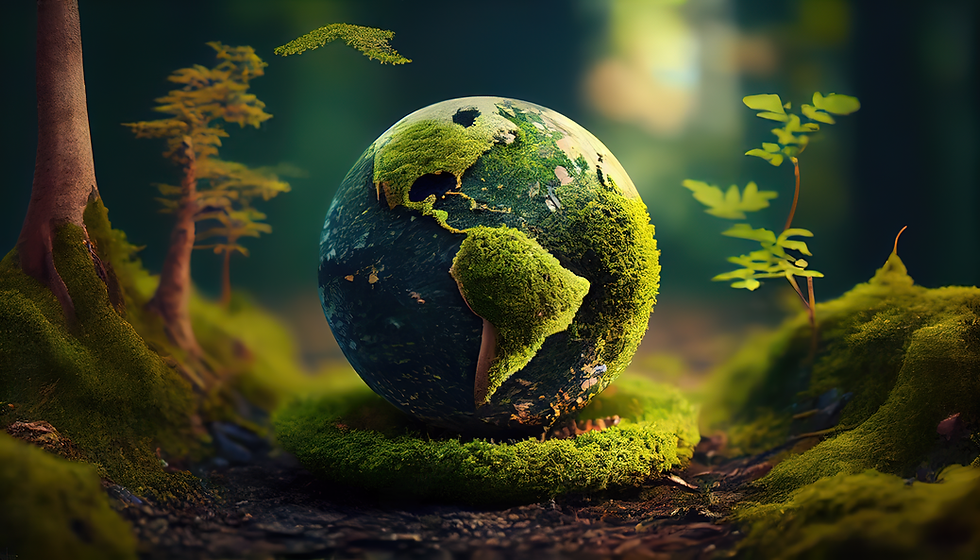The Full Story of Life on Earth
- Mayura Athukorala
- Aug 27, 2024
- 3 min read
By A. Mayura Athukorala, JadeTimes News

The Origins of Earth and the Early Universe
Over 13.8 billion years ago, the universe was born with only hydrogen, helium, and a bit of lithium. As the first stars formed and exploded, they spread heavier elements like oxygen and iron across space, seeding the formation of new stars and planets, including Earth. Around 4.54 billion years ago, Earth began forming from collisions of materials that melted and sorted by density, creating a core and a crust. In its early days, Earth wasn't ready for life, but over time, simple molecules combined into complex compounds, leading to the first tiny living organisms. These microbes evolved through natural selection, slowly developing into more complex life forms. This ongoing process of evolution shaped Earth into the diverse planet we know today.
Formation of the Moon and Earth's Early Surface
Several dynamic events occurred in the early history of Earth. Among the most peculiar incidences was the collision of a giant planetesimal to its mantle, where the greater part flew into space. That part led to the creation of the Moon. Its surface was still very young and was undergoing great geological activity; the remaining planetesimals often repeated serious ramming, known as the "late heavy bombardment." Nevertheless, by about 4 billion years ago, the Earth's surface started to solidify with all visible proofs, volcanic activity, ocean formation, and the establishment of tectonic plates. The earliest rocks known are around 4.03 billion years old, suggesting that the Earth's surface had already cooled and had begun to feature some complex geological structures. Following the moment that these conditions stabilized, life evolved on Earth. The first low forms of life evolved in the oceans some 3.8 billion years ago. From them, subsequent diversification took place, leading to the appearance of single celled and simple organisms. Eventually, plants evolved from single primitive photosynthetic life forms, which, like animals, evolved from lower level multicellular organisms, to more complex tissue structures and eventually emerged. That gradually evolutionary process had led to the great diversity of life today, where each new generation is building upon the advantages of those that have gone before.

The Dawn of Life and Earth's Evolving Landscape
The Earth was well formed with continents and oceans, featuring a stable crust at the time of life's first appearance on the planet, about 3.8 billion years ago. The oldest evidence for life consists of microscopic fossils in ancient rocks, which represent microbial life that began to proliferate within the primordial oceans. Over the next billions of years, the Earth's surface would continue to change through tectonic activity, volcanic eruptions, and shifting continents. These geological processes did more than just shape a physical landscape; they also helped set a course for the evolution and spread of life. Plants and animals evolved continually, each new adaptation opening up fresh opportunities for life to thrive in its many environments. Today, Earth is still a dynamic planet, reshaping itself all the time by both natural forces and its life forms, the result of a long, complex history of change and adjustment.
The Conclusion
The history of Earth, from the time of its birth from cosmic matter to a blue planet teeming with life, is a phenomenon to marvel at. It all began with simple elements scattered in space by exploding stars. Over billions of years, these elements slowly came together and formed Earth, which gradually cooled and became an incubator for life. Simple molecules in the oceans concatenated to form the first small living organisms, thereby opening the path to an extraordinary evolution. These microorganisms slowly changed and evolved into the life diversity we know today. This process, so long and interesting, underlines how our planet has changed and developed over time. It has helped us understand and appreciate the eventful and wonderful journey that has shaped Earth into this particular, alive world in which we now live.
Earth's Journey is more than what we know


































Comentários